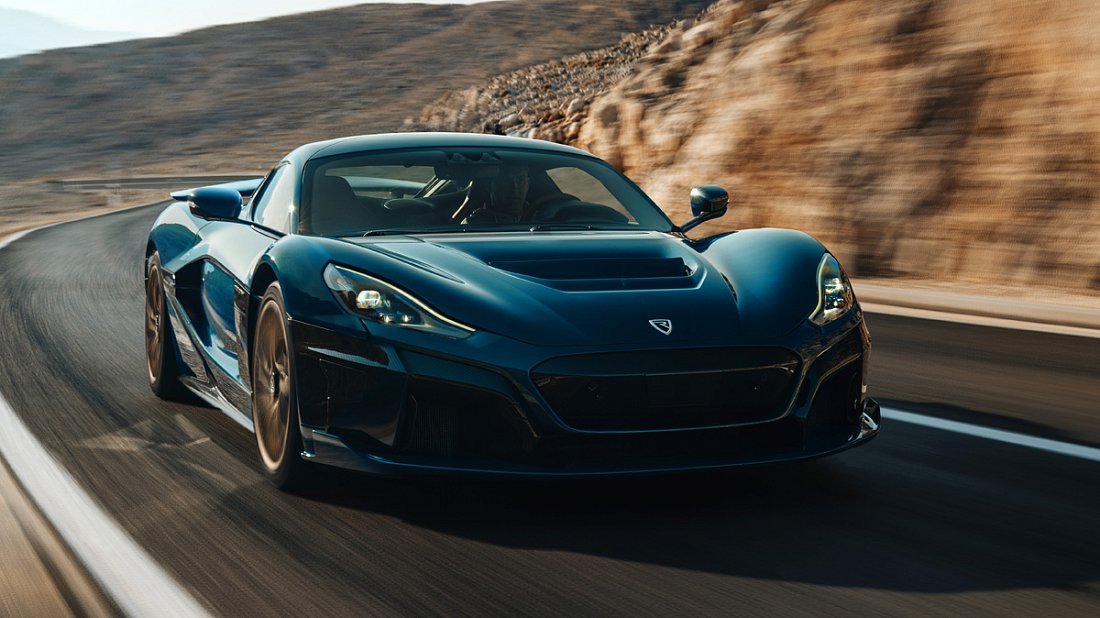EURO 1-phase 10A
- Socket specs
Socket specs
- 230 V, 10 A, 1-phase
- Socket output
Socket output
- 2.3 kW
- Charging 20-80%
Charging 20-80%
- 33 h 03 min (~9 km/h)


The Rimac Nevera is an all-electric all-wheel drive roadster. It came out in 2021 replacing the older Rimac Concept_One.
The Rimac Nevera has a 120 kWh battery pack, allowing it to travel up to 417 km on a single charge. The car has an average efficiency of 27.3 kWh per 100 km (or 273 Wh/km) — ranked №206 out of 586 electric vehicles.
The Rimac Nevera achieves a 0 to 100 km/h acceleration in 1.81 seconds (placing it at №1 among 586 electric vehicles) and attains a maximum speed of 412 km/h.
Its powertrain provides a power output of up to 1427 kW (1914 hp) and a torque of 2340 Nm.
Rimac Nevera achieves a real-world range of 375–459 km, placing it at №206 among 586 electric vehicles. However, this range is subject to several influences:
It's important to acknowledge that these are estimations, and your actual driving range may differ. Consider these factors when planning your trip and be ready for potential charging stops.
Utilize the interactive EV Navigation map for trip planning assistance.
The Rimac Nevera in Europe is equipped with a CCS Type 2 charging port. You can charge it conveniently at home using a standard outlet, or utilize any public AC charging station with the appropriate cable. However, the car's built-in charger (inverter) limits the maximum AC charging speed to 22 kW, which translates to roughly 72 km of range added per hour.
For faster charging, use DC fast-charging stations. The Rimac Nevera supports a maximum DC charging rate of 250 kW, but it's important to note that battery temperature and current charge level can affect the actual charging speed you'll experience.
To estimate charging time, rate, and cost, you can use our Charging calculator.
The size and weight specifications for Rimac Nevera are as follows:
Behind the rear seats of the Rimac Nevera, you'll find 113 litres of storage space (ranked №553 out of 586 electric vehicles).
Folding down the rear seats expands the total cargo capacity to N/A litres (ranked №N/A out of 586 electric vehicles).
The car doesn’t have a “frunk” (front trunk).







